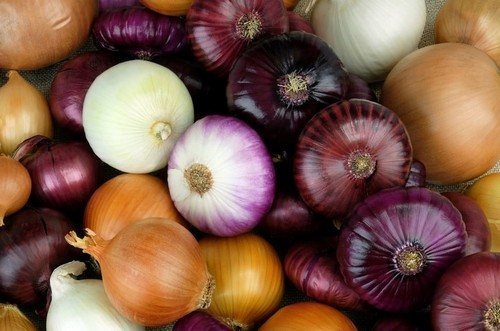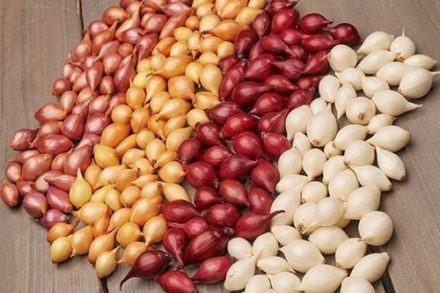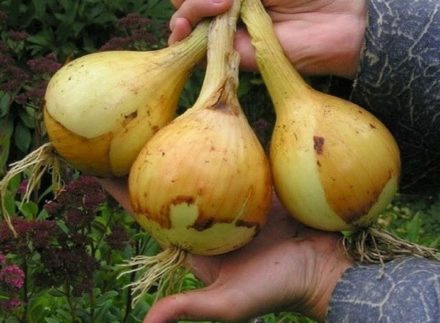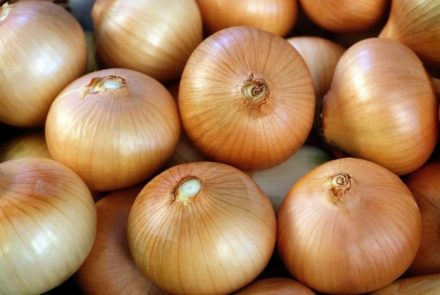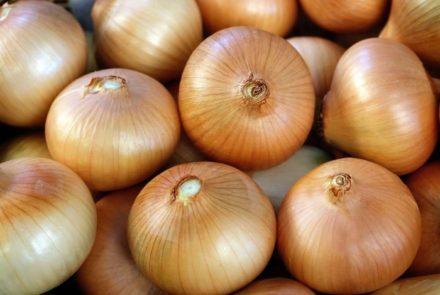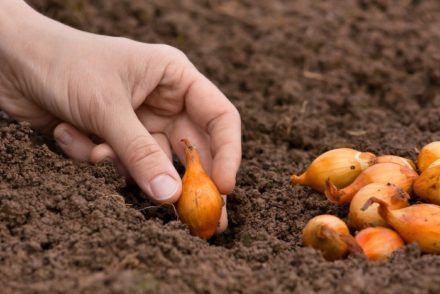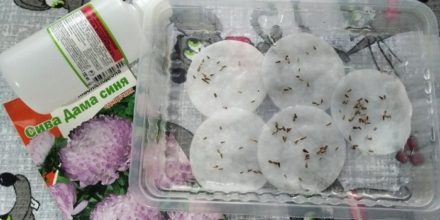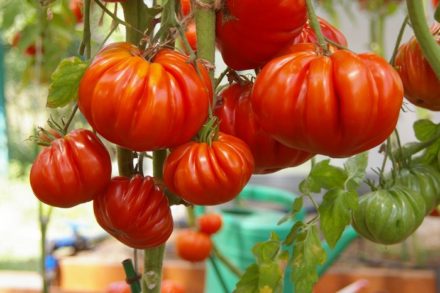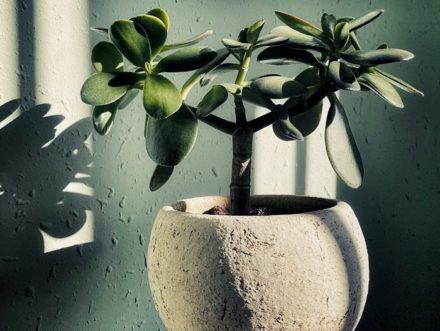Every gardener has 1001 ways to plant and grow onions. But at the same time, many questions often arise about how best to plant, where, what variety to take, what are the advantages and disadvantages of different methods.
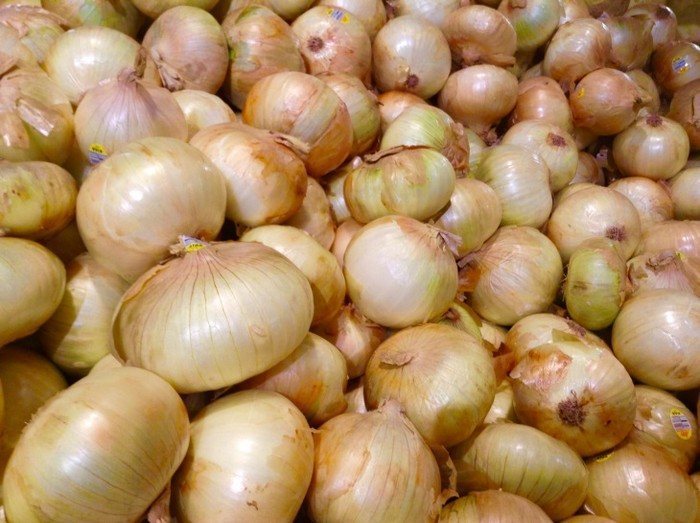
What are the differences between planting seedlings and sowings?
The main difference is that seedlings require seeds, which, growing into small bulbs, become planting material (sets) for growing onions for turnips. But not all seeds become full-fledged material in one season; more often this happens in two seasons. Sowing of seeds occurs in April - May, collection of small bulbs occurs in August - September, and some are collected in October.
Over the winter, the seedlings are dried, treated with fungicides, hardened, and in the spring they are planted on turnips. But varieties have been bred that can grow large bulbs from seeds or seedlings in one season, giving a full harvest.
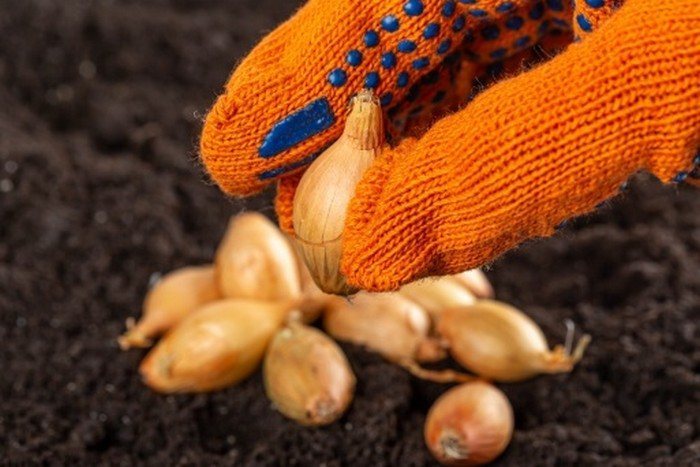
The best varieties for seedlings
To plant onions using the seedling method, you should choose varieties with an early or medium ripening period - from 90 to 100 days. And also pay attention to the recommendations on the packaging, namely for which region this variety is intended and then, accordingly, it will give a good harvest. When choosing material for seedlings, it is better to purchase low-germ seeds; they will help to grow a large head.
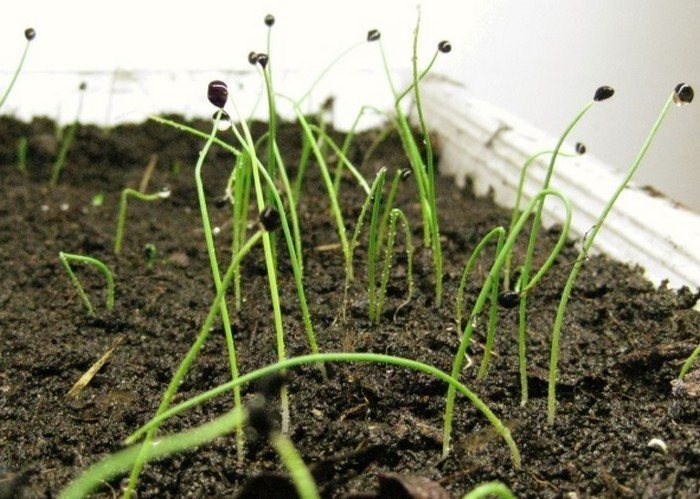
In one season
Seed varieties, domestic and foreign selection with ripening periods from 80 to 100 days:
- "Tsitaussky";
- "Shaman";
- "Exhibition";
- "Copra F1";
- "Skvirsky";
- "Myachkovsky 300";
- "Stuttgarter Riesen";
- "Carmen";
- "Cenaur";
- "Chalcedony";
- "Centaur";
- "Albion F1";
- "Odintsovets"
- "Annual Siberian";
- "Kaba";
- "October";
- "Mustang F1";
- "Red Baron";
- "Strigunovsky local";
- "Olina."
These varieties tolerate short-term frosts and are unpretentious to growing conditions.
In two seasons
Onion seeds for growing in two seasons, which have good immunity to diseases and are stored for a long time:
- "Globo";
- "Radar";
- "Rumba";
- "Shakespeare";
- "Kuban yellow";
- "Bamberger."
These varieties are popular among experienced gardeners due to their high yields and unpretentiousness.
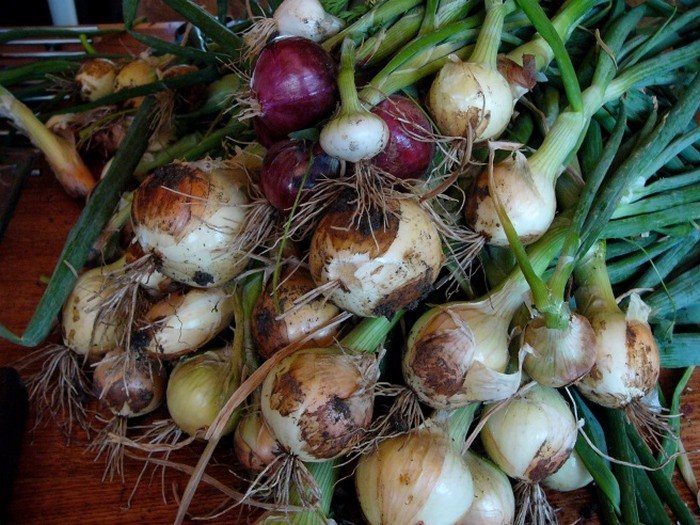
Comparative characteristics of the timing of planting seedlings and sowings
Timing for planting onions for seedlings
Seeds for seedlings can be planted before winter - later than garlic, a few days (5-7), so that the soil freezes slightly to a depth of no more than 2-3 cm in open ground. In the spring, depending on the region, they are planted in greenhouses, greenhouses, and greenhouses.
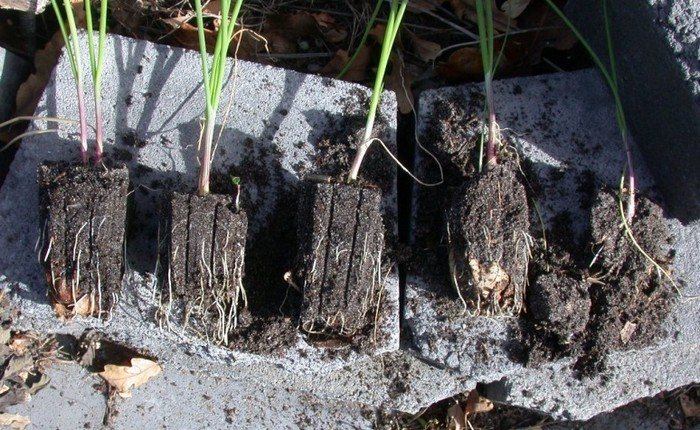
For the southern regions, spring planting is carried out in open ground from February, but in stable weather with frosts no more than -5 ° C.
In the middle zone - end of February - March, first week of April.
In the Urals and Siberia - mid-March - late April.
In order to properly plant seedlings and calculate the time, you need to count 60-65 days from the moment of sowing the seeds onto the seedlings, after which they are transplanted and grown into heads.
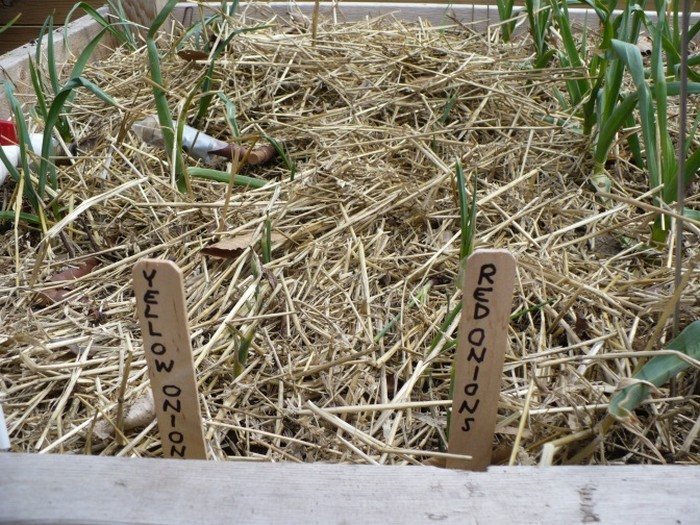
Timing for planting seedlings
Onion sets are planted in spring and autumn, but more often autumn planting favors a larger and stronger harvest that is less susceptible to disease.
It should be remembered that in order for the seedling to adapt and take root, it needs from 7 to 15 days. Therefore, autumn planting is carried out taking into account 1-2 weeks before the onset of frost, i.e. the soil should already be warmed up and not frozen. It is permissible to plant seedlings when stable weather has arrived with light frost down to -5 ° C.
In the southern regions they are planted in the fall from mid-October to mid-November, and in the spring - from the second half of February to mid-March.
Middle zone: in autumn - the first two weeks of October, in spring - from the second week of March to mid-April.
Siberia, the Urals - the second half of September, in the fall, and in the spring - from the end of March to the end of April.
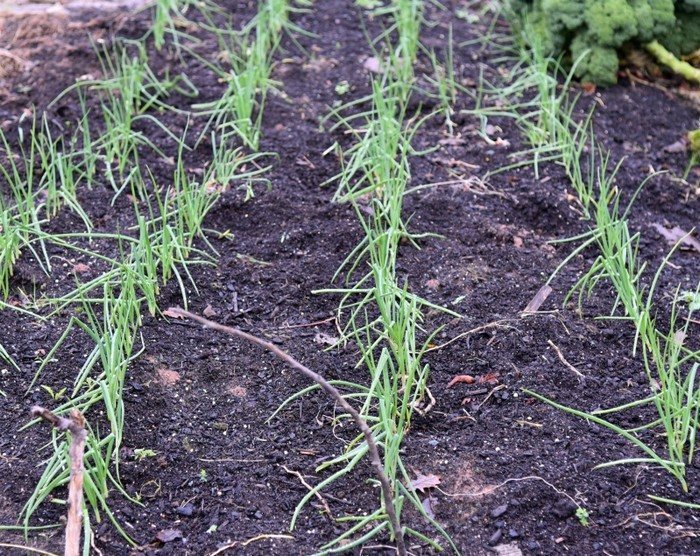
Advantages and disadvantages
Growing seedlings
Growing onions with seedlings has a number of advantages:
- saving money and time;
- the commercial quality of such bulbs is better;
- productivity is high;
- the keeping quality of onions is better;
- the shelf life of the heads is longer in winter;
- after replanting in open ground, the frost resistance of the seed increases to -8 °C;
- no need to thin out the beds;
- are less susceptible to fungal diseases;
- eliminates the possibility of losing part of the material for planting under unfavorable weather conditions;
- This method is also considered unique and new, which is why more new varieties began to appear on the market.
The disadvantages of this method of planting are mainly associated with the human factor, such as lack of experience in such cultivation or violation of agricultural technology often entails a decrease in yield and loss of part of the planting material.
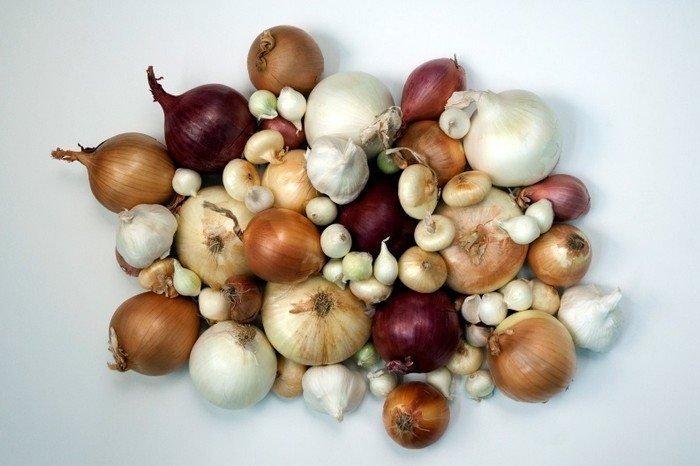
Sevcom
Advantages of growing seedlings:
- It is better to plant before winter, in autumn, because the yield is higher;
- an easier method, suitable even for beginners;
- the root system is stronger and more powerful;
- does not require special care or conditions.
Flaws:
- improper storage (air humidity, temperature) or violation of the timing of planting in the ground contributes to the appearance of arrows during cultivation;
- it is necessary to thin out and remove weeds that adversely affect growth;
- there is a possibility that the onions will be stored worse, especially if it rains for a long period;
- more often affected by powdery mildew;
- unfavorable weather conditions, especially in the first 2 weeks after planting, contribute to the appearance of fungal diseases during heavy rains, and during frosts - the loss of most of the planted bulbs.
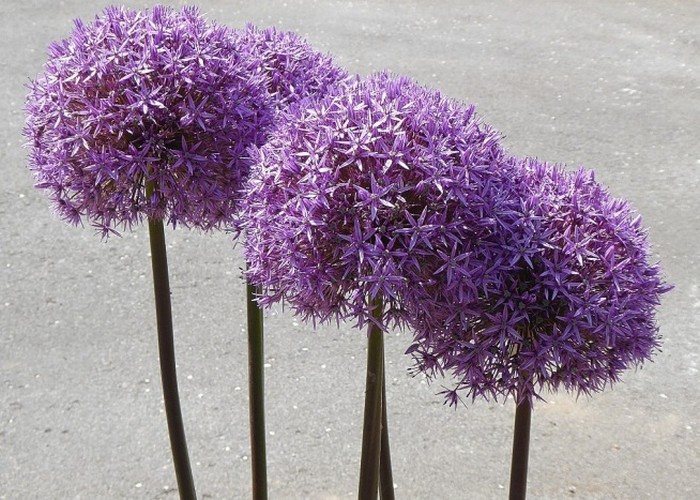
Planting seedlings is a simpler method, but has a number of disadvantages, especially if the seedlings are grown independently. And the seedling method is becoming more and more popular, more new varieties are appearing, which makes it possible to grow a high-quality product. In the southern regions, you can even try growing it in 2 batches.


